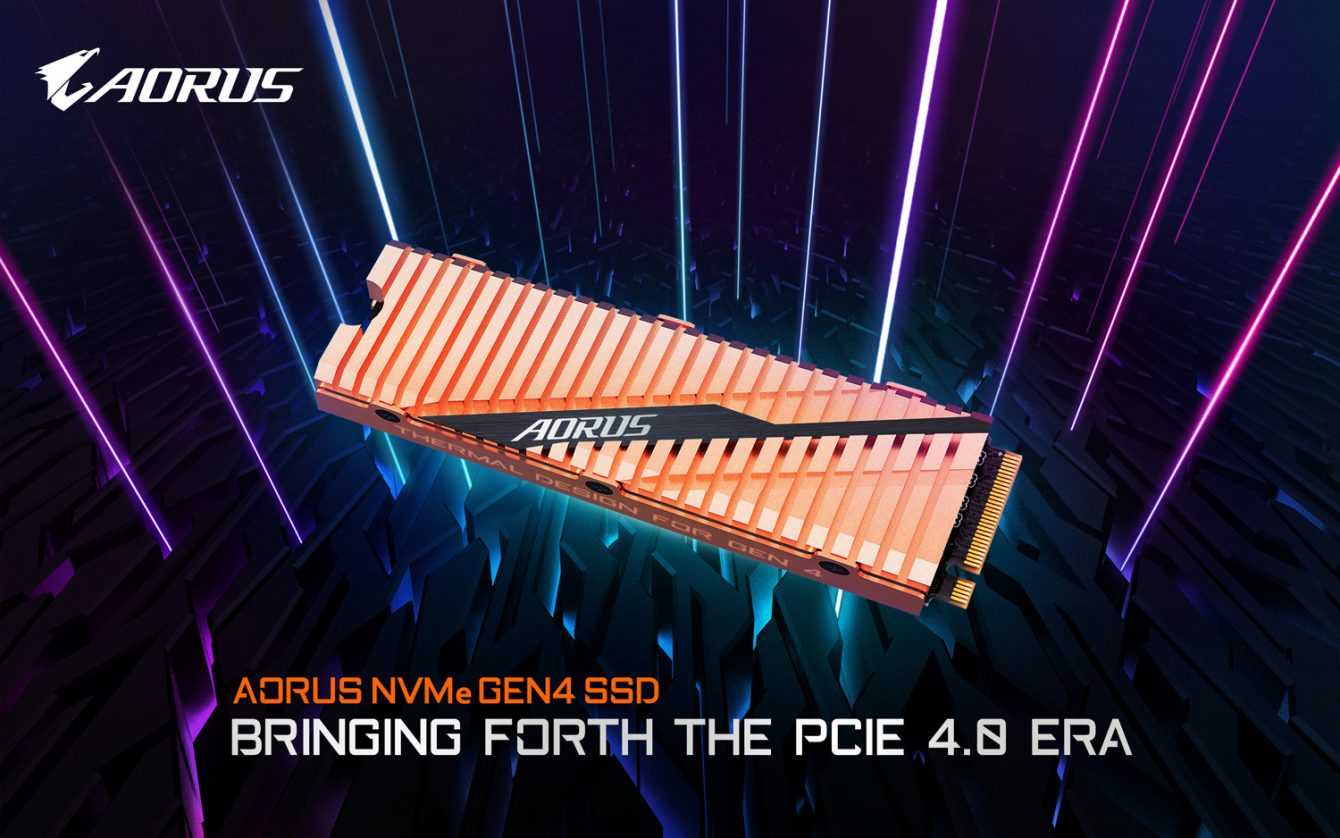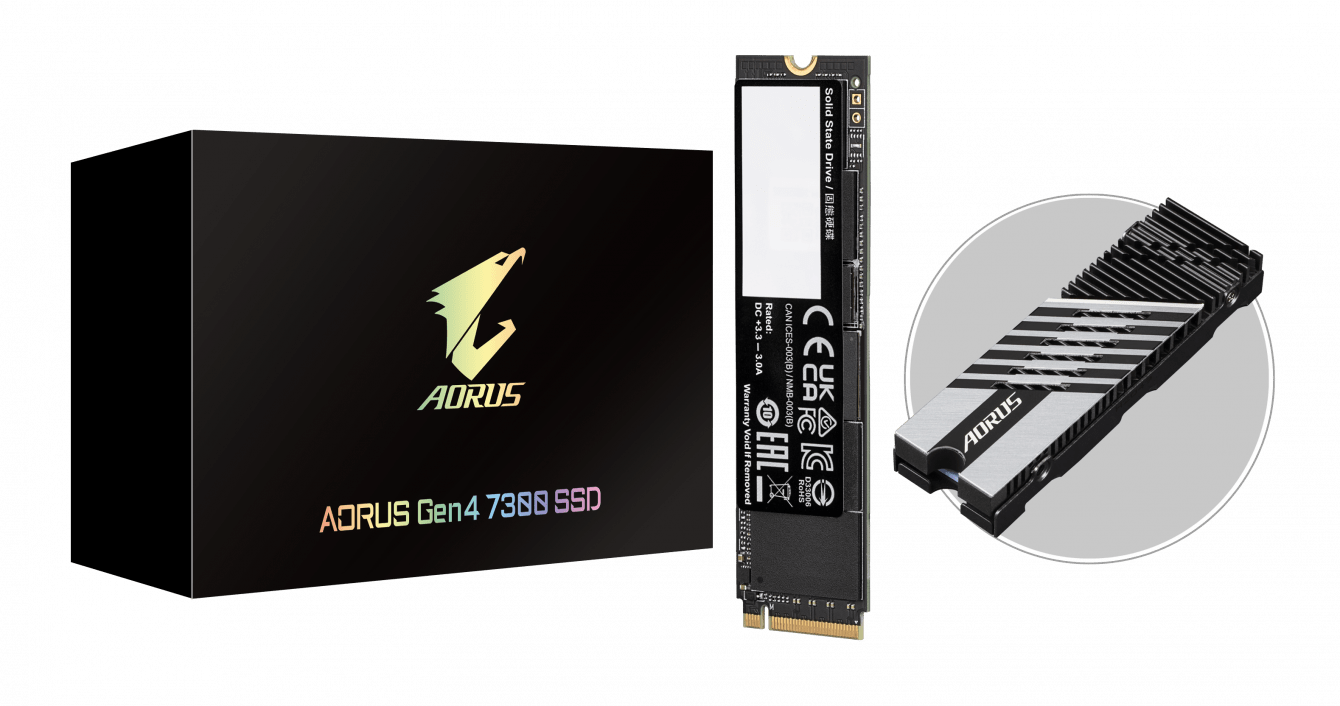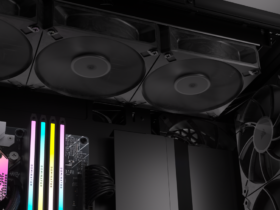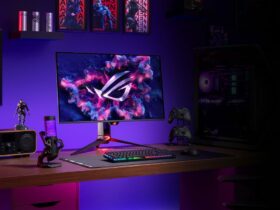
Read speed up to 7300MB/s thanks to GIGABYTE PCIe 4.0 AORUS SSD with flexible thermal solution for cool and extraordinary performance
GIGABYTE TECHNOLOGY (here for more info) is a leading manufacturer of motherboards, graphics cards and hardware solutions. Today he announced his latest addition, the evolutionary AORUS Gen4 7300 SSD, i.e. the PCIe 4.0 SSD Updated with read speeds up to 7300MB/s. Powered by PCIe 4.0 controller with advanced 3D-TLC NAND flashoffers higher performance than the previous generation PCIe 4.0 NVMe SSD.
Details about GIGABYTE’s new AORUS PCIe 4.0 SSD
AORUS Gen4 7300 SSD with M.2 2280 interface is available in two capacity variants of 2TB and 1TB. Along with a unique separate SSD and heatsink design to offer more flexible thermal solutions. Meanwhile, the unique GCC (GIGABYTE Control Center) software management platform provides the instant overview of the SSD status. Thus it ensures optimal archiving operations with high performance. AORUS Gen4 7300 SSD equips Phison E18 8-channel controller, which provides users with the fastest random access speed. In addition, the design of high-speed 3D-TLC NAND flash and SLC cache brings PCIe 4.0 into full play. Under real tests, AORUS Gen4 7300 SSD can achieve read speeds up to 7300MB/s and write speeds up to 6850MB/s. Faster than PCIe 4.0 NVMe SSDs, twice as fast as PCIe 3.0 SSDs, and up to 13x faster than SATA SSDs.

Great performance
Powered by the E18 controller’s multi-core architecture, AORUS Gen4 7300 SSD enhances AI multitasking to reduce system performance bottleneck. It also supports content creators and gamers with extreme performance. Normally high speed SSD generates heat which results in throttling when running at full speed which limits the transfer rate. To avoid possible throttling, most motherboards and SSDs are equipped with heat sinks to dissipate the SSD’s heat. AORUS Gen4 7300 SSD adopts unique design of separate full coverage SSD and heat sink. This allows users to choose the built-in heatsink on their motherboards or the AORUS Gen4 7300 SSD heatsink in line with their needs. This allows for a more flexible thermal setup for both PC system setup and PS5 capacity expansion.
Statements regarding the new GIGABYTE AORUS PCIe 4.0 SSD
With the rapid evolution of the semiconductor process, the transfer rate of PCIe 4.0 SSD has increased from 5000MB/s to 7300MB/s and beyond. Which greatly benefits users who need the storage performance and want to avoid the system performance bottleneck,
said Jackson HsuDirector of GIGABYTE Channel Solutions Product Development Division, who then added:
GIGABYTE has been committed to SSD products in recent years and shipments have reached the global top 10 with the growth of own brand products. Improved by the evolution of technology, the read speed of GIGABYTE PCIe 4.0 SSD increases from 5000MB/s, 7000MB/s to 7300MB/s with AORUS Gen4 7300 SSD for extraordinary storage performance. In addition, the flexible design of a self-planning thermal solution for users reduces the chances of throttling and greatly improves system performance.
AORUS Gen4 7300 SSD supports PCIe 4.0 NVMe M.2 interface motherboards. To release the stunning performance of 7300MB/s read speed, the latest AMD motherboards, especially GIGABYTE motherboards, are highly recommended. GIGABYTE professional tuning, comprehensive testing and software improvement. GIGABYTE motherboards offer higher stability with superior performance, being the best choice for users.
And you? What do you think about this new GIGABYTE PCIe 4.0 AORUS SSD ? Let us know with a comment below and always stay tuned to TechGameWorld.com for other news and reviews from the world of technology (and beyond!).
The article Breakthrough Speed with New AORUS Gen4 7300 PCIe 4.0 SSD comes from allteK.















Leave a Reply
View Comments